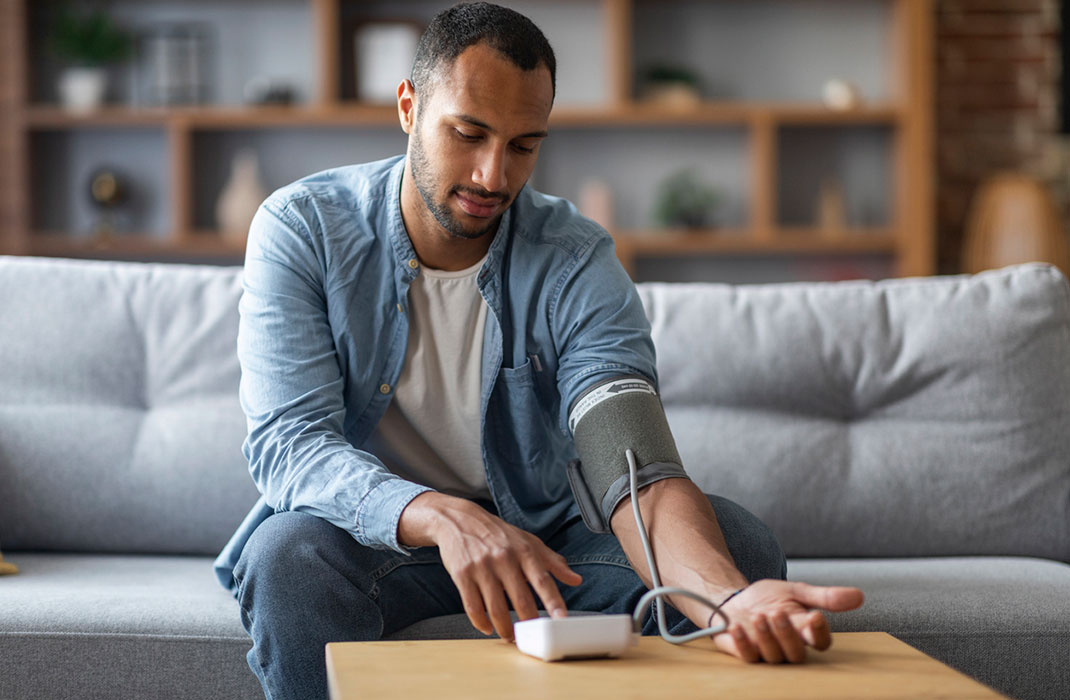-
- Find Care
-
- Visitor Information
- Find a Location
- Shuttles
- Visitor Policies
-
-
- Our Virtual Care Options
- Virtual Urgent Care
- Virtual Visits for Primary & Specialty Care
- Online Second Opinions
- Participate in Research
-
- Contact us
-
- For Innovators
- Commercialization Guide for Innovators
-
-
- Research News
- Alzheimer's Disease
- Artificial Intelligence
-
- Overview
-
- Overview
- Getting Started
- New to Mass General Brigham
- International Patient Services
- What Is Patient Gateway?
- Planning Your Visit
- Find a Doctor (opens link in new tab)
- Appointments
- Patient Resources
- Health & Wellness
- Flu, COVID-19, & RSV
- Billing & Insurance
- Financial Assistance
- Medicare and MassHealth ACOs
- Participate in Research
- Educational Resources
- Visitor Information
- Find a Location
- Shuttles
- Visitor Policies
- Find Care
-
- Overview
- Our Virtual Care Options
- Virtual Urgent Care
- Virtual Visits for Primary & Specialty Care
- Online Second Opinions
-
- Overview
- Participate in Research
-
- Overview
- About Innovation
- About
- Team
- News
- For Industry
- Venture Capital and Investments
- World Medical Innovation Forum (opens link in new tab)
- Featured Licensing Opportunities
- For Innovators
- Commercialization Guide for Innovators
- Contact us
-
- Overview
- Information for Researchers
- Compliance Office
- Research Cores
- Clinical Trials
- Advisory Services
- Featured Research
- Two Centuries of Breakthroughs
- Advances in Motion (opens link in new tab)
- Brigham on a Mission (opens link in new tab)
- Gene and Cell Therapy Institute
- Research News
- Alzheimer's Disease
- Artificial Intelligence
-
- Overview
-
- Overview
- Residency & fellowship programs
- Brigham and Women's Hospital
- Massachusetts General Hospital
- Mass Eye and Ear
- Newton-Wellesley Hospital
- Salem Hospital
- Integrated Mass General Brigham Programs
- Centers of Expertise
- Global & Community Health
- Health Policy & Management
- Healthcare Quality & Patient Safey
- Medical Education
- For trainees
- Prospective trainees
- Incoming trainees
- Current trainees
- Continuing Professional Development
Measuring Blood Pressure at Home

Blood pressure is an important measure of your cardiovascular health. High blood pressure stresses your heart and damages your arteries and other organs. It also increases your risk of cardiovascular problems such as heart attack, heart disease, and stroke.
Lola Ojutalayo, MD, a Mass General Brigham interventional cardiologist and medical director of the Cardiac Catheterization Lab and the Cardiac Rehabilitation Program at Salem Hospital, explains why you may need to measure blood pressure at home and how to get an accurate reading.
Why measure blood pressure at home?
“When we see patients in the office, sometimes blood pressure is elevated because of what we call white coat hypertension,” says Dr. Ojutalayo. White coat hypertension happens when your blood pressure rises from nerves or stress in your provider’s office. If you have a high blood pressure reading at your appointment, your provider may want you to measure your blood pressure at home.
“We may have you monitor your blood pressure at home over the course of a week to determine if you really have high blood pressure and need treatment with medication or management through lifestyle changes,” says Dr. Ojutalayo.
People diagnosed with high blood pressure may need to monitor their blood pressure to determine how well their treatment is working.
How to check blood pressure at home
To measure blood pressure at home, you need the right equipment. “There are multiple blood pressure devices you can use at home,” says Dr. Ojutalayo. “We usually prefer ones that wrap around the upper arm rather than the forearm because they’re more accurate.” She recommends choosing a device from the American Medical Association’s list of validated blood pressure devices to use at home.
Certain substances and activities can cause an inaccurate blood pressure reading. So, for at least 30 minutes before taking a blood pressure measurement, avoid:
A blood pressure measurement represents the pressure inside your arteries. It includes two numbers:
- Systolic pressure: The first or top number in the blood pressure reading. Systolic is the pressure against your artery walls when your heart beats.
- Diastolic pressure: The second or bottom number in the reading. Diastolic is the pressure against your artery walls when your heart rests between beats.
To take a blood pressure reading at home:
- Sit quietly for at least 5 minutes to relax yourself. This helps you get an accurate reading.
- Sit upright with both feet on the floor.
- Place your arm on a table so it’s relaxed and at the level of your heart.
- Put the blood pressure cuff on your upper arm.
- Follow the instructions that came with the blood pressure cuff to take a reading.
- Write down your blood pressure numbers (both systolic and diastolic) or record them on your phone.
Your provider may want you to check your blood pressure once a day, multiple times a day, or at a specific time, such as before you take blood pressure medication. You may need to record the time of your reading along with your blood pressure numbers for each measurement.
Tips for getting an accurate blood pressure reading
To get an accurate blood pressure reading, Dr. Ojutalayo recommends:
- Avoid anything stimulating or stressful before taking a reading.
- Avoid talking while you take a reading.
- Empty your bladder before taking a reading.
- Keep your legs uncrossed and your feet on the floor before and during the reading.
- Place the cuff on your bare arm rather than over clothing.
- Relax the arm you’re using to take the reading.
- Sit with your back straight.
- Use a blood pressure cuff that’s the right size for your arm.
Call your cardiologist or primary care provider if you’re unsure how to take blood pressure readings at home. Your cardiologist or provider can also answer questions about your blood pressure readings or medication.
What to watch for
Very high or very low blood pressure can be dangerous. If your systolic is lower than 90 and your diastolic is lower than 60, your blood pressure is too low. Very low blood pressure is especially concerning if you also feel lightheaded or dizzy. “If this happens, you should call your cardiologist if you have one, or your primary care provider,” says Dr. Ojutalayo.
A very high blood pressure reading, where systolic is greater than 180 and diastolic is greater than 120, is called a hypertensive crisis. Blood pressure in the hypertensive crisis range can damage your brain, heart, eyes, and other organs.
“If you have a reading like this, contact your cardiologist or primary care provider right away to discuss next steps,” says Dr. Ojutalayo. “If you’re also having a headache, chest pain, or shortness of breath, consider going to the emergency department.”
